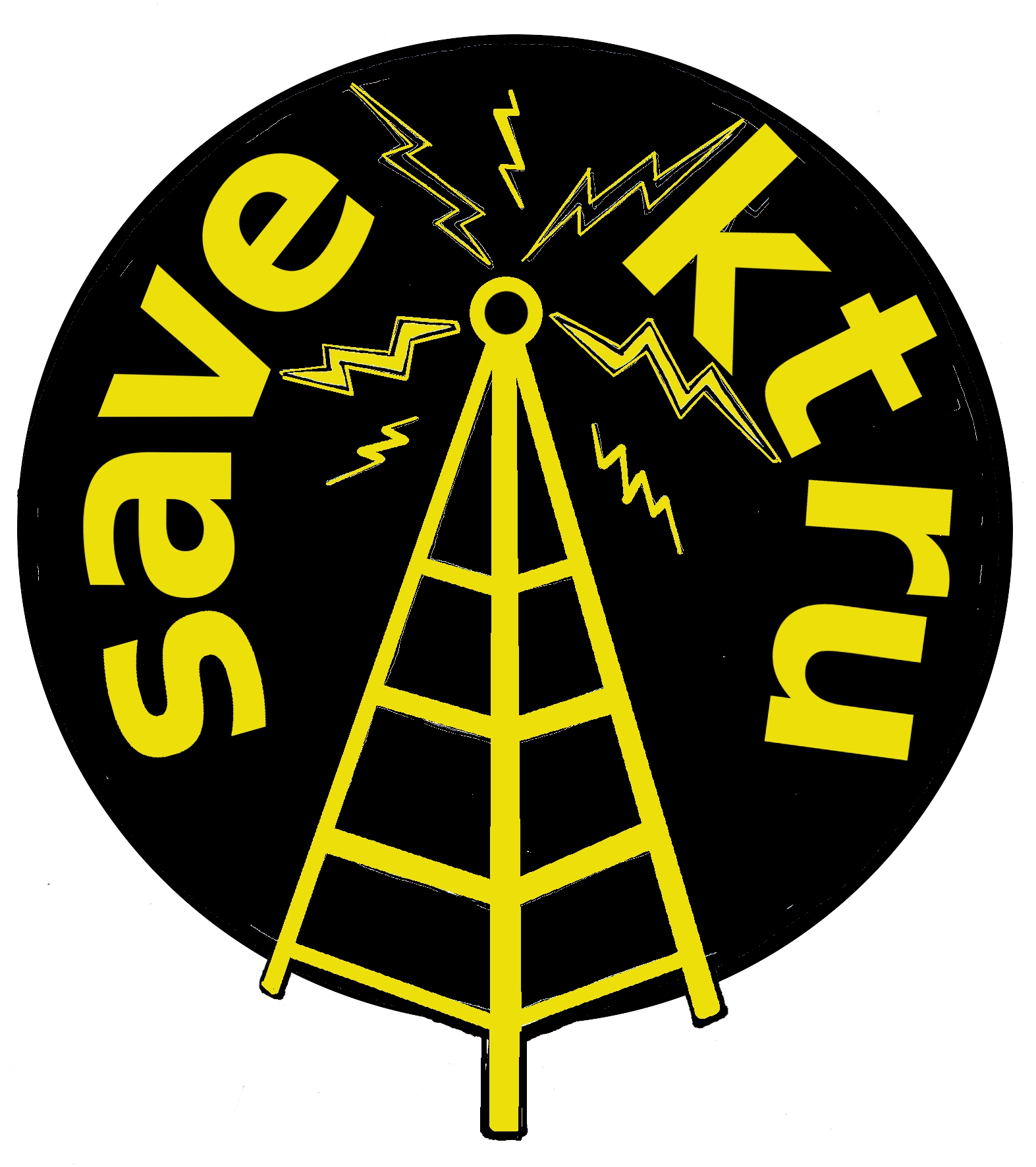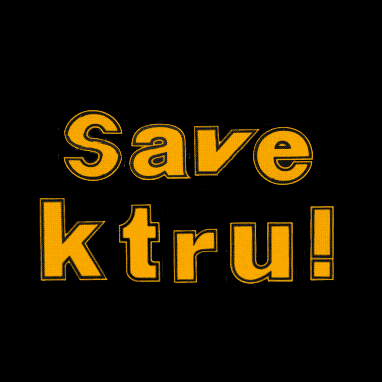From Alum Richard Adams
While I was at Rice, I joined the one of the newest student media organizations at the time, RBT, now RTV5, the student run television station. As a young growing organization, we looked to other outlets like KTRU and the Thresher for inspiration. One of the first things I noticed about KTRU then was their ability to attract volunteers. There are not many organizations on campus or off that can pull a volunteer in at 4 AM.
As the station manager at RBT I had many opportunities to learn just how special KTRU is as a media organization. We shared faculty and staff advisors, cooperated on campus event coverage, and experimented with combined content. We attended several college media conferences with KTRU and the Thresher, and it was clear that while Rice’s student newspaper and the newly formed student TV station could compare to much bigger and more highly funded organizations at larger schools, KTRU was in a class by itself. Most people knew KTRU without much introduction, and those that didn’t would soon learn of the college radio station, operating at 50,000 watts, that did not need to deal with advertising or fundraising in general. While other college radio stations learn how to legally seek underwriting while honoring their non-commercial FCC license, or fret over how to pay someone to take the midnight shift, KTRU gets to focus on bringing music and other programming to their listeners and their community. With so much energy in college media spent just trying to keep the organization afloat (this is increasingly true in commercial media too), creating meaningful content is often a secondary concern. KTRU exemplifies the model of content as a primary concern. Without an FM transmitter, that model will be difficult to continue.
I’m writing this letter from my desk at work as a software engineer. I didn’t go into the broadcasting field, and I don’t even own a video camera now. However, I count my experience with those student organizations along with all my other experiences at Rice as an integral part of my degree. I was only indirectly involved with KTRU, but it enriched my experience at Rice.
Selling the FM transmission equipment and license is not reversible. There is no real option of regaining this part of Rice once it’s gone. 91.7 FM is not worth $9.5 million – it’s priceless. Please save KTRU.
Richard Adams
Will Rice 2004
-->


